
Soil Health & Fertilization
We unite suppliers and green industry professionals worldwide
Kale is a gardener’s delight and a nutritional powerhouse. Hardy, adaptable and easy to grow, this brassica enjoys cold weather and flavor improves after frost.
By Victor Miller
|Published on September 23, 2025
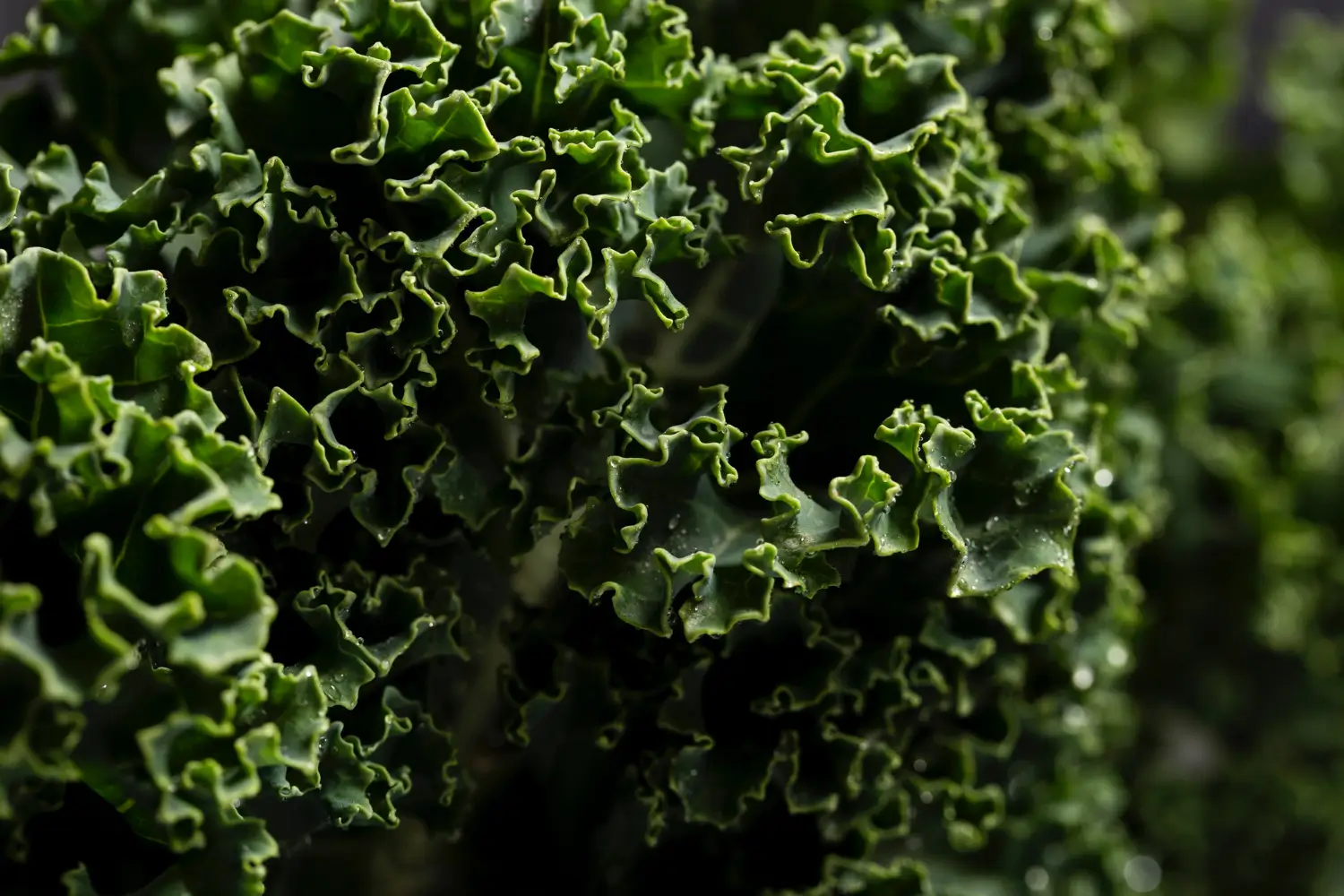

Kale (Brassica oleracea var. sabellica) is one of the most robust Brassica species and a well-known leafy green vegetable that is cultivated all over the world. Recognized by its frilly leaves and overall hardiness, Kale has become a staple in both home gardens and commercial farms. It is so easy to grow in all climates, and packed with vitamins, minerals and antioxidants that it has become a popular plant among gardeners who want something healthy from their garden.
Kale is a member of the cabbage family, but it has always been known as one of the most nutrient-dense and hardiest veggies. Thanks to its ability to withstand cooler temperatures, there is even an improvement in flavor after a light frost. It can be grown over a long period, and it has proved efficient and adaptable.
| Scientific Name | Brassica oleracea var. sabellica |
| Common Names | Kale, Leaf Cabbage, Borecole |
| Family | Brassicaceae (Mustard family) |
| Genus | Brassica |
| Species | B. oleracea |
| Cultivars | Popular varieties include Curly Kale, Lacinato (also called Dinosaur Kale or Tuscan Kale), Red Russian and Siberian. |

September 25, 2025
9 minute read
September 24, 2025
9 minute read
September 23, 2025
10 minute read
September 22, 2025
9 minute read


Join as a seller and connect with thousands of B2B buyers nationwide!
Sign Up
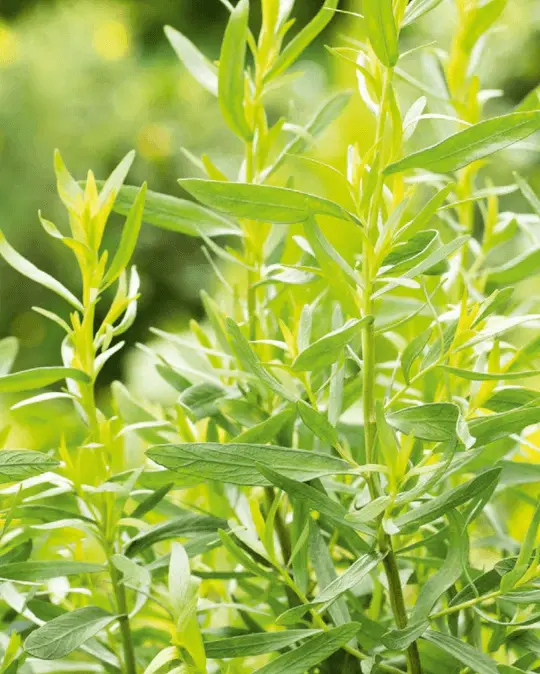
Tarragon Russian
Russian Tarragon is a tough perennial herb. It is rather valued due to its stability and versatility rather than its good taste. It has traditionally been used as a medicinal herb and filler in kitchens, and in contemporary gardens.
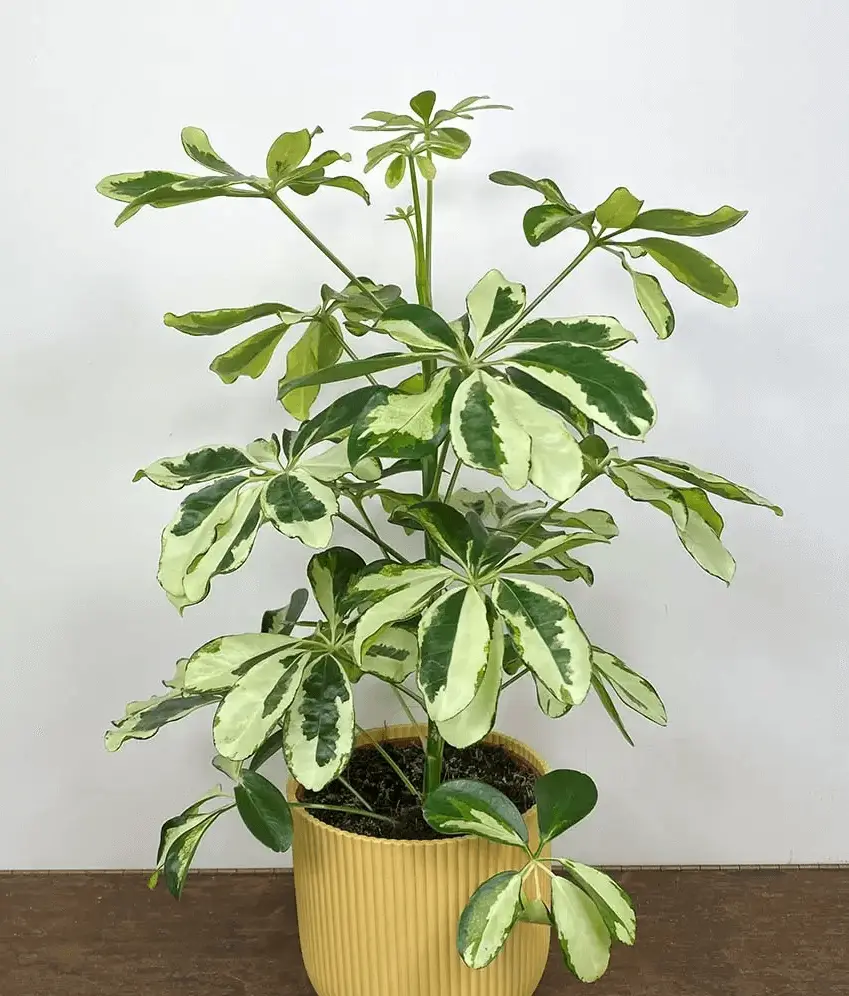
Umbrella Plant
Originally from the tropical forests of Asia, the umbrella plant (Schefflesia arboricola) is a hardy, versatile, and beautiful tropical species of plant that has become a favorite houseplant or garden accent in warmer climates.
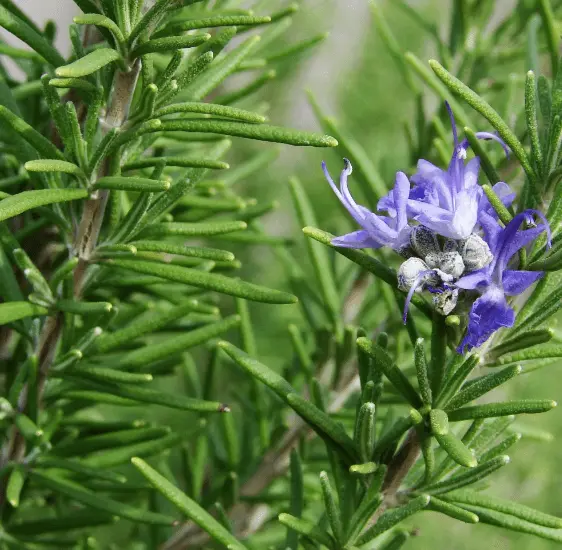
Upright Rosemary
Upright Rosemary (Rosmarinus officinalis) is one of the most popular and useful herbs in the world. This hardy species is appreciated for its aromatic leaves and stately growth, as well as in the kitchen, garden, and for its medicinal properties.
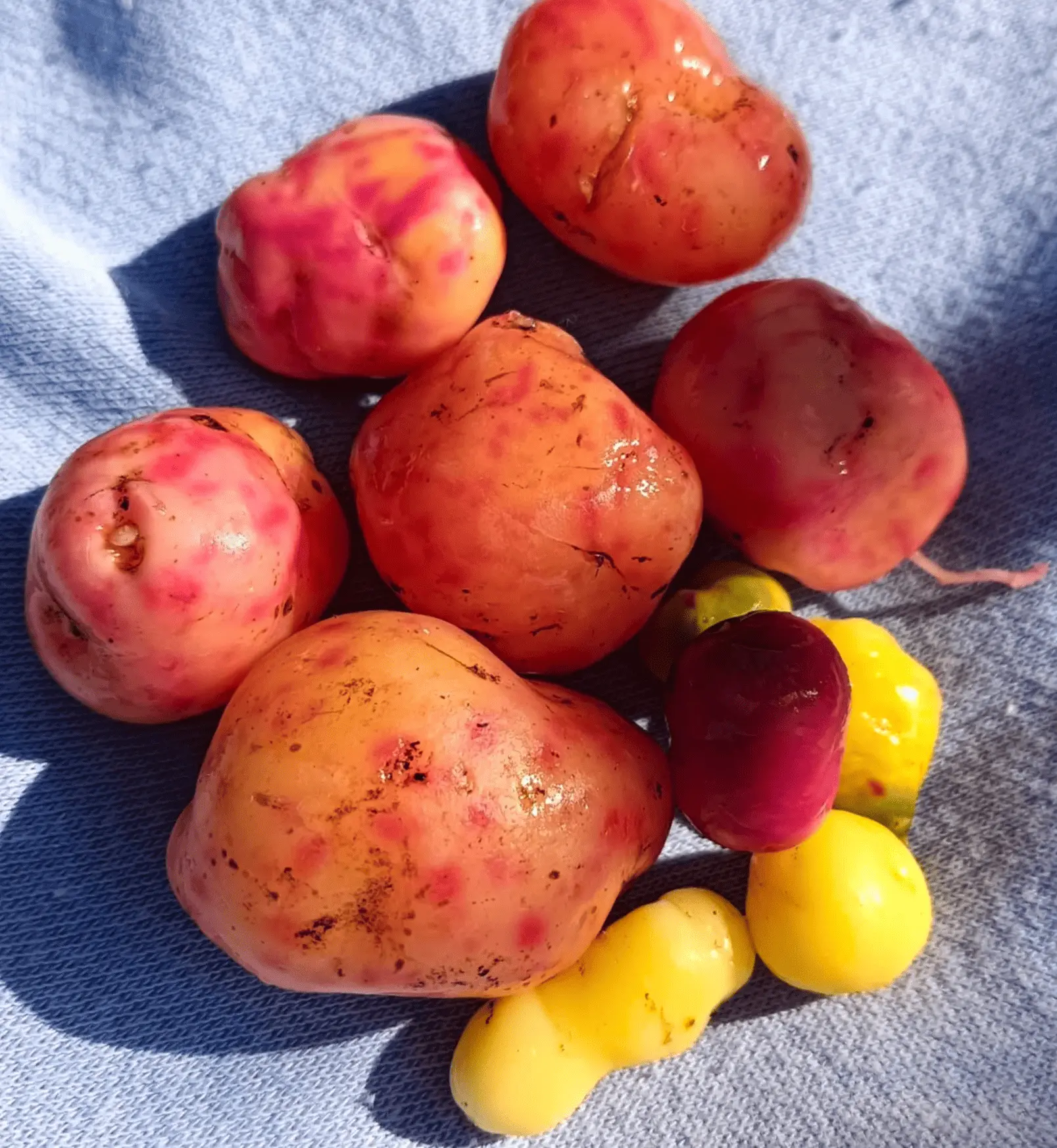
Ulluco
Ulluco is a vibrant root crop. The plant has small but vibrantly colored tubers — they can be yellow, red, pink, green, orange, or even a mix of colors (which means it’s one of the most colorful root crops in the world).
Kale is distinguished by its lush, leafy growth and striking appearance.
Kale’s uses extend beyond the kitchen, making it a multifunctional plant.
Animal Feed: Kale has been used as cattle feed in many parts of the world.
Kale is one of the easiest leafy greens that adequately responds to several weather situations, although it does better in cooler climates.
Kale seeds are small, have a dark appearance and are spherical in shape, which is typical for a member of the Brassicaceae family.
In favorable conditions, kale seeds germinate very fast.
Healthy kale seeds are usually long lasting.
Vigor Testing: Basic germination tests or cold-germination tests can be used to validate seed quality before planting.
Kale is more commonly harvested straight from seed, and using high-quality vegetable seeds ensures vigorous growth.
Succession Planting: For a continuous harvest, plant new seeds every 2 to 3 weeks during the growing season.
Kale is fairly tough but it still is susceptible to the usual brassica pests and diseases.
Both the leaves and seed of kale require good handling and storage.
Kale is a gardener’s delight and a nutritional powerhouse. Hardy, adaptable and easy to grow, this brassica enjoys cold weather and flavor improves after frost. Whether used for fresh salads, hearty soups, or even decorative landscaping, kale offers value beyond the dinner plate. With resilient seeds and cut-and-come-again harvesting, this is one of the very best leafy greens for gardeners at any level.
Given the right conditions, kale seeds typically sprout within 5–10 days.
Yes, people can grow Kale in containers or pots too. If full sun is available, then the container must be standing at least 12 inches deep.
Yes, Kale is also highly frost-tolerant, and can become even more flavorful and sweet in colder temperatures.

Soil Health & Fertilization
Victor Miller

Pest Identification & Prevention
Victor Miller

Lawn Care Tips & Maintenance
Victor Miller

Soil Health & Fertilization
Victor Miller

Smart Irrigation Systems
Victor Miller

Patios, Walkways & Driveways
Victor Miller

Soil Health & Fertilization
Victor Miller

Pest Identification & Prevention
Victor Miller
My Account
Our team is always here to help.
We are open Monday - Friday, 9:00 AM to 4:30 PM PST.